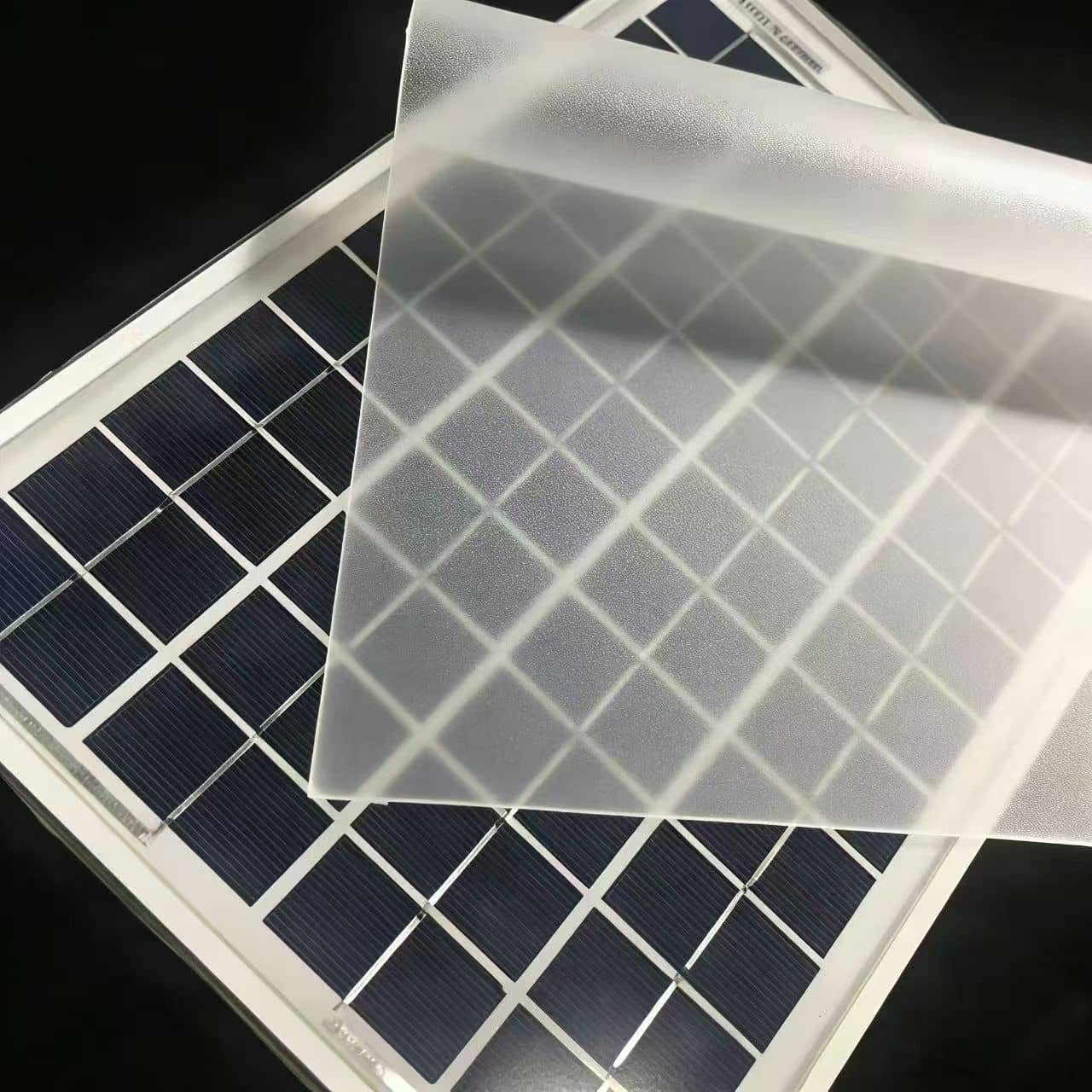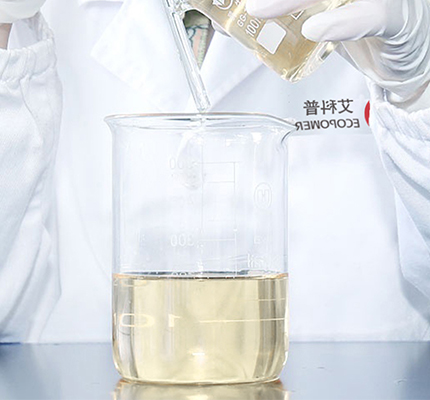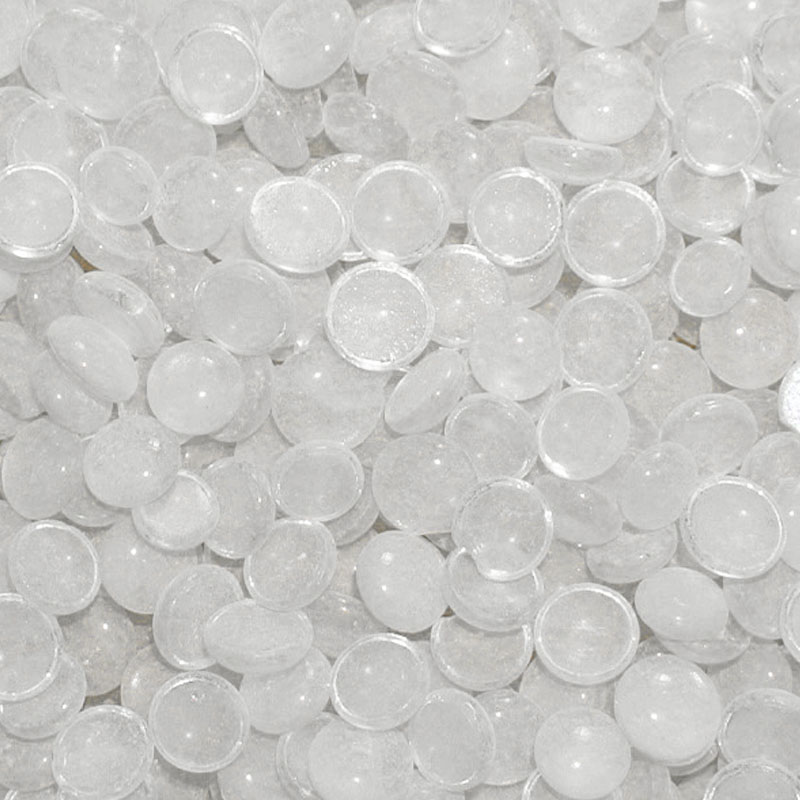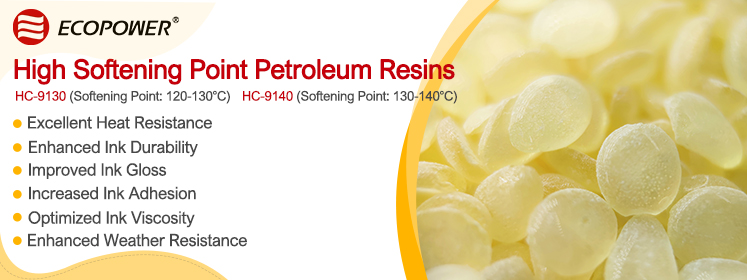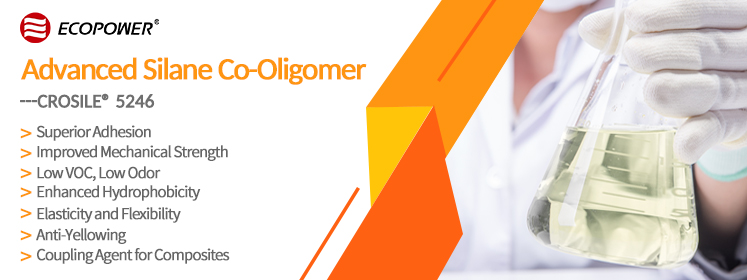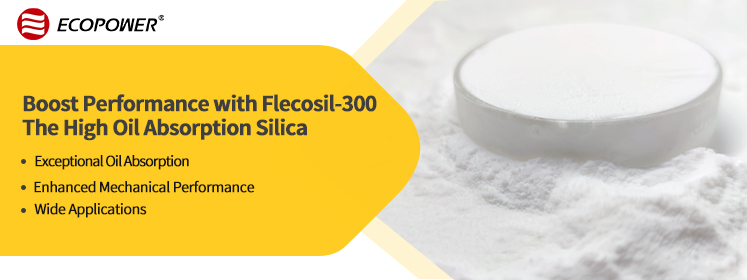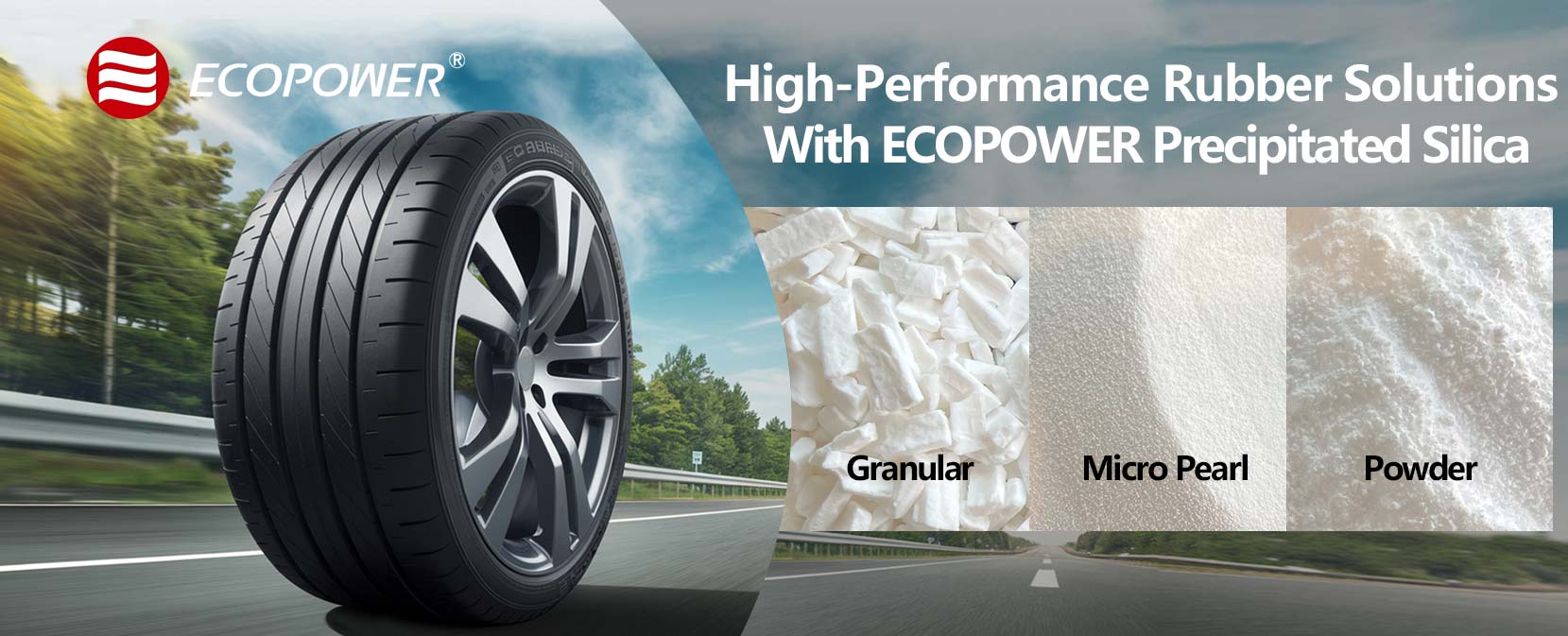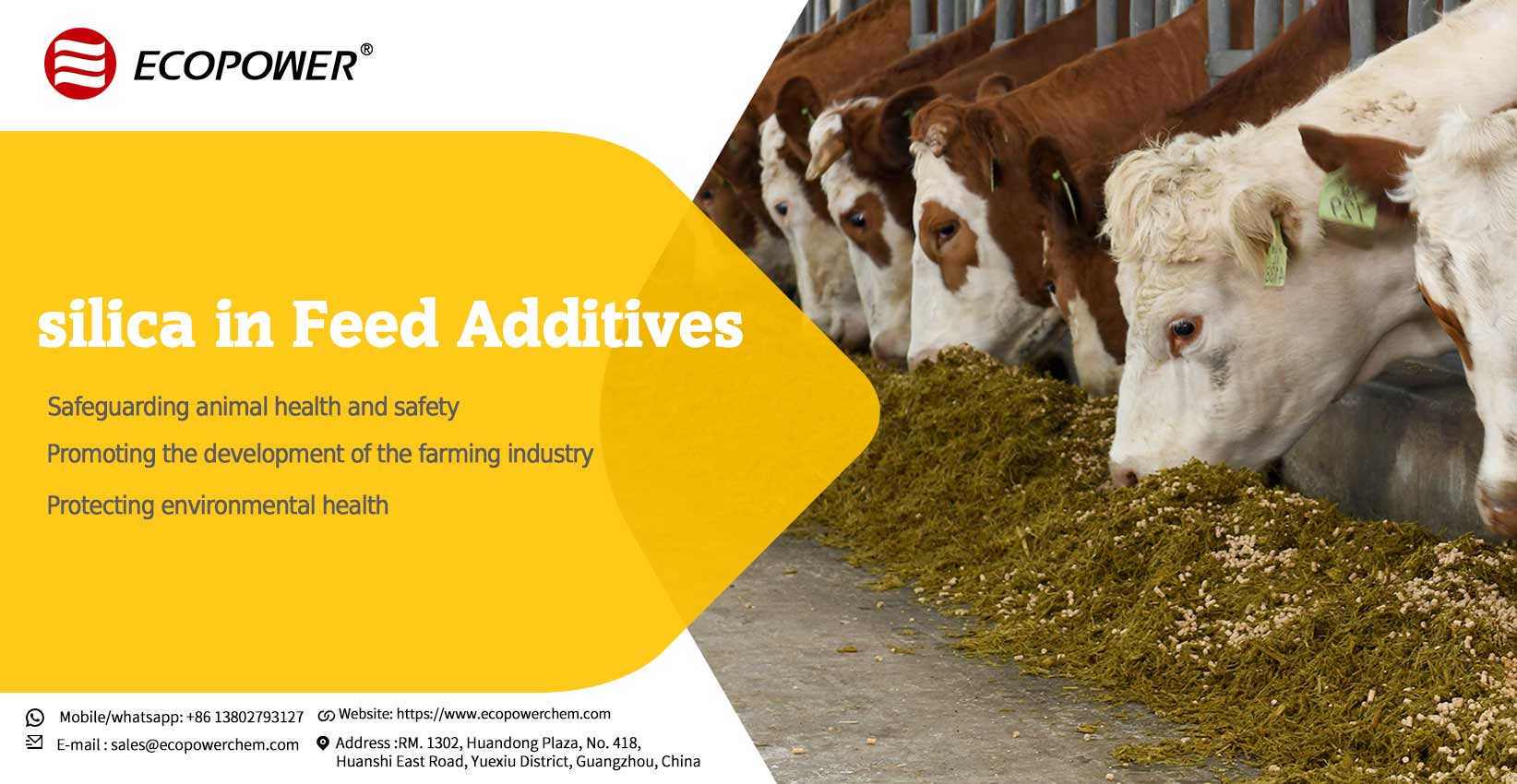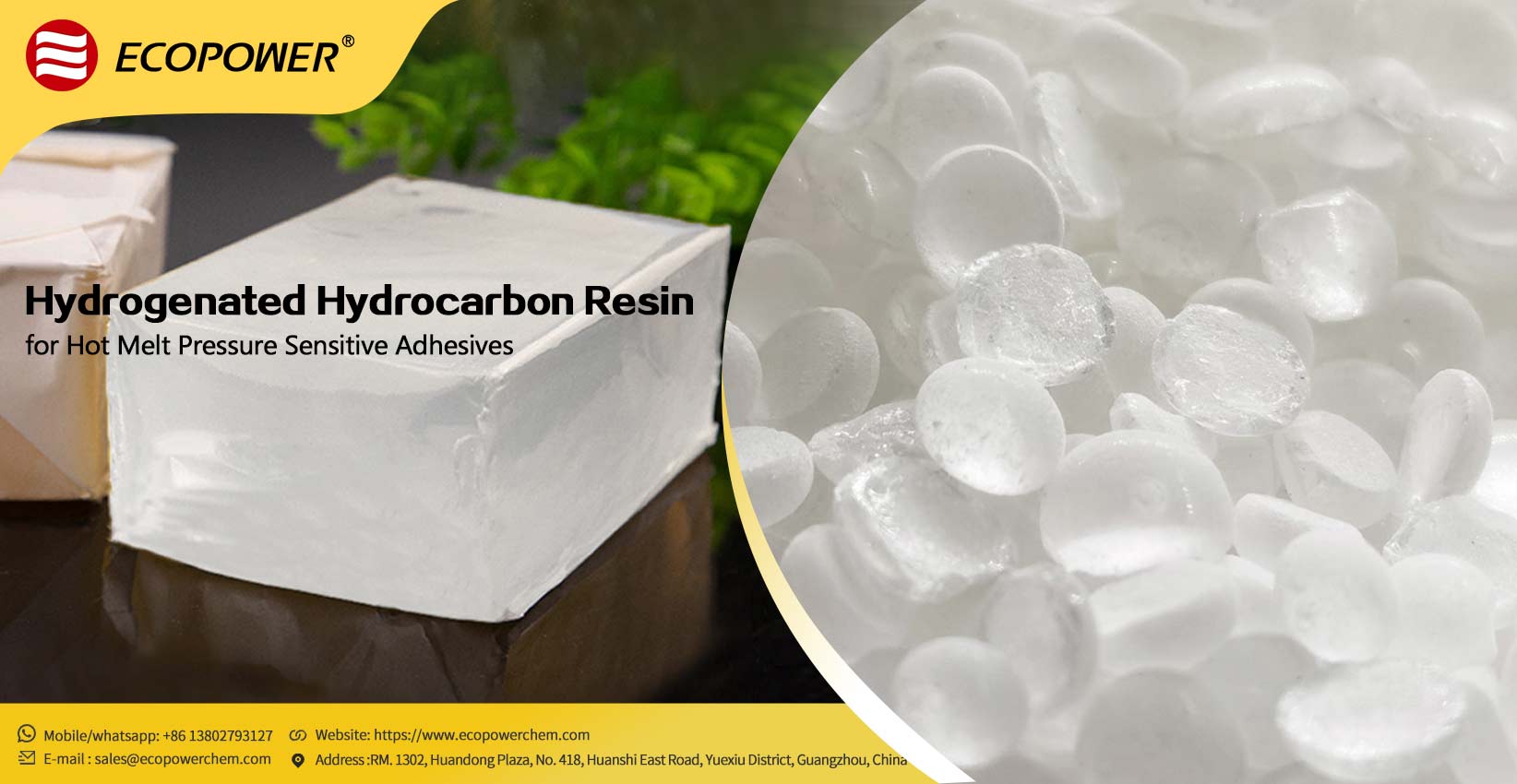Dec / 10, 2024
High-Performance Rubber Solutions with ECOPOWER Precipitated Silica
What is Precipitated Silica? Precipitated silica, a synthetic form of amorphous silicon dioxide (SiO2), is a game-changing additive in the rubber industry. Known for its ability to enhance performance and durability, it is a vital material in products like tires, footwear, and silicone rubber. Derived from quartz sand, precipitated silica undergoes a precise manufacturing process that ensures its adaptability to various industrial applications.At ECOPOWER New Material, we specialize in Rubber Grade Precipitated Silica, delivering high-quality products tailored to meet the stringent demands of the rubber industry. Why Choose ECOPOWER's Precipitated Silica? Our Rubber Grade Precipitated Silica stands out for its exceptional properties: ●Manufacturing Excellence: Produced through the hydrolysis of sodium silicate with sulfuric acid, it is meticulously processed to achieve superior quality. ●High Compatibility: Soluble in sodium hydroxide (NaOH) and hydrofluoric acid (HF), it remains stable in water and most solvents, ensuring reliability in diverse formulations. ●Customizable Properties: Key features such as BET specific surface area, sieve residue, and DBP absorption are optimized for consistency and performance. Applications of Precipitated Silica in the Rubber Industry 1.Tires: a.Improves wet grip for enhanced safety. b.Reduces rolling resistance, contributing to energy efficiency. c.Increases treadwear durability for longer-lasting tires. Recommended Products: ●Type 120, 140, 165, 175MP, 185MP, 175GR, 185GR, and more. ← ← ← Click on the product model to view specific information. 2.Rubber Footwear: a.Boosts tear strength and abrasion resistance for durable soles and heels. b.Enhances flexibility and comfort. Recommended Products: ●Type 120, 140, 165, 175MP, 185MP, 175GR, 185GR, and more. ← ← ← Click on the product model to view specific information. 3.Silicone Rubber: a.Acts as a reinforcing filler to improve tensile strength, elasticity, and heat resistance. Recommended Products: ●Type 779,779-1,800, and more. ← ← ← Click on the product model to view specific information. 4.Rubber Additives: a.Functions as a matting agent, delivering smoother surfaces and reducing gloss for coatings, paints, and inks. Comprehensive Product Range Recommended Products: ●Type740,750,750Y,770,750w and more. ← ← ← Click on the product model to view specific information. ECOPOWER offers an extensive selection of Rubber Grade Precipitated Silica in powder, micro pearl, and granular forms. Available grades include.Each grade is designed with specific physical properties, allowing customers to select the ideal solution for their needs. Why ECOPOWER is Your Best Choice 1.Industry Expertise: Decades of expe...
View More
 Whatsapp us
Whatsapp us
